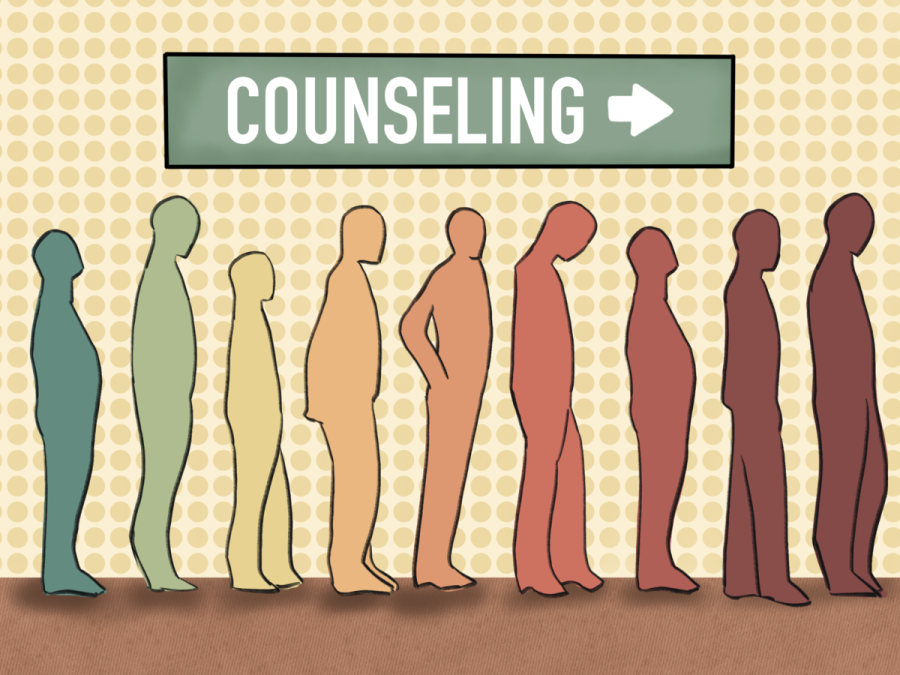Students, professors discuss mental health professional shortage, increasing need for mental health services in schools
March 6, 2023
As anxiety and depression rates trend upwards, mental health professionals and politicians are addressing the factors contributing to personnel shortages within the field.
In his State of the State address, Gov. Greg Abbott said increasing the amount of mental health professionals in schools was one of his legislative priorities for the current session. According to February polling by the Texas Politics Project, 60% of respondents said the state of Texas is spending too little on mental health services, with both Democrats and Republicans saying mental health services are among their top priorities.
Educational psychology professor Christopher McCarthy said the shortage is impacting students who are seeking out resources and increasing the barriers to receive care.
“There’s a high need for mental health services,” McCarthy said. “If people can’t get access to the help they need, it’s going to only make those things worse.”
When it comes to mental health services for K-12 students, Kizzy Albritton, associate professor of school psychology, said mental health professionals currently have to question how much they can serve and support students due to a lack of adequate resources and staff.
Ideally, she said, counselors work with students well in advance to prevent mental health crises, but the current shortage means staff can only react to emergencies as they occur.
Albritton said the ideal ratio of students per school psychologist is around 500-to-1. Currently, Texas has an average ratio of 2,600 students per professional psychologist, more than five times higher than the ideal ratio.
“When you get more and more people with trauma or really significant levels of depression or anxiety, it gets really hard for counselors who are already understaffed to keep up,” McCarthy said.
According to the Association of American Medical Colleges, the mental health professional shortage started prior to 2020 but was exacerbated by various factors of the pandemic. As shortages have increased, teenagers are also experiencing anxiety and depression at historically high levels, and they are seeking out help more than ever after the pandemic.
Psychology senior Ally McBroom said she, along with most of her peers, plan to work in research after graduating. In her conversations with students and professors, she said there is typically a negative stigma around the emotional burnout associated with social psychology careers such as therapy and school counseling.
“Every time we talk about becoming therapists or counselors, we just talk about how draining it would be,” McBroom said. “I think if we could overall shift the conversation (around social psychology branches) to a more positive light, then you’ll find a lot more people more interested in going into that field.”
Albritton said awareness has increased around school psychology roles, but it’s important for prospective psychology students to continue to learn about the gratifying parts of the field.
“I hope that people start to build (self-care) into their daily practice so they can take care of themselves and notice when their own stress levels are high,” McCarthy said. “You can’t help other people if you aren’t doing well.”



